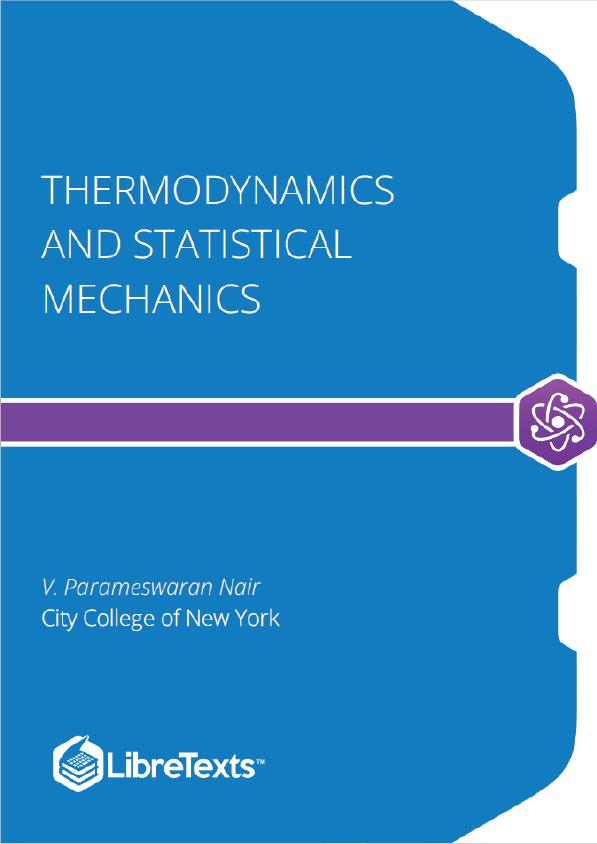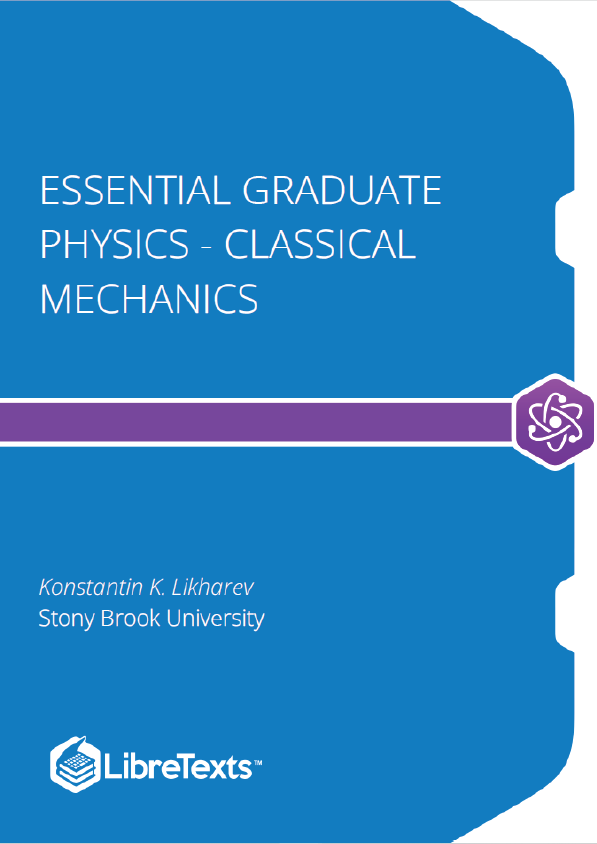Basic Concepts
Thermodynamics is the description of thermal properties of matter in bulk. The study of phenomena involving the transfer of heat energy and allied processes form the subject matter. The fundamental description of the properties of matter in bulk, such as temperature, heat energy, etc., are given by statistical mechanics. For equilibrium states of a system the results of statistical mechanics give us the laws of thermodynamics. These laws were empirically enunciated before the development of statistical mechanics. Taking these laws as axioms, a logical buildup of the subject of thermodynamics is possible.
Definitions
Thermodynamic Coordinates The macroscopically and directly observable quantities for any state of a physical system are the thermodynamic coordinates of that state. As an example, the pressure p and volume V of a gas can be taken as thermodynamic coordinates. In more general situations, other coordinates, such as magnetization and magnetic field, surface tension and area, may be necessary. The point is that the thermodynamic coordinates uniquely characterize the macroscopic state of the system.
Thermal Contact
Two bodies are in thermal contact if there can be free flow of heat between the two bodies.
Adiabatic Isolation
A body is said to be in adiabatic isolation if there can be no flow of heat energy into the body or out of the body into the environment. In other words, there is no exchange of heat energy with the environment.
Thermodynamic Equilibrium
A body is said to be in thermodynamic equilibrium if the thermodynamic coordinates of the body do not change with time.
Two bodies are in thermal equilibrium with each other if on placing them in thermal contact, the thermodynamic coordinates do not change with time.
Quasistatic Changes
The thermodynamic coordinates of a physical can change due to any number of reasons, due to compression, magnetization, supply of external heat, work done by the system, etc. A change is said to be quasistatic if the change in going from an initial state of equilibrium to a final state of equilibrium is carried out through a sequence of intermediate states which are all equilibrium states. The expectation is that such quasistatic changes can be achieved by changes which are slow on the time-scale of the molecular interactions.
Since thermodynamics is the description of equilibrium states, the changes considered in thermodynamics are all quasistatic changes.
Work done by a System
It is possible to extract work from a thermodynamic system or work can be done by external agencies on the system, through a series of quasistatic changes. The work done by a system is denoted by W. The amount of work done between two equilibrium states of a system will depend on the process connecting them.











